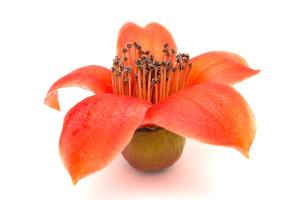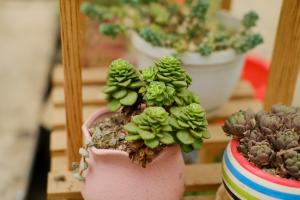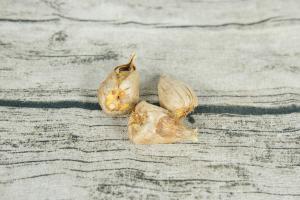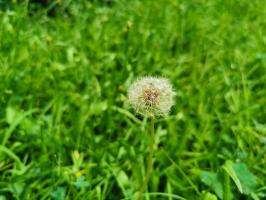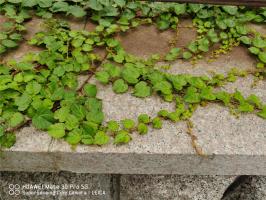What Causes House Plant Trees to Drop Leaves
House plant trees are a delightful addition to any home, bringing a touch of nature indoors and adding some much-needed greenery to our living spaces. However, when they start to drop leaves, it can be cause for concern. Not only can it make your plant look sad and unhealthy, but it can also affect the air quality in your home. So, what causes house plant trees to drop leaves? Here are some likely reasons:
Watering mistakes
Over-watering or under-watering your house plant tree is a common reason for leaves to drop. If your plant is not getting enough water, its leaves may wilt and eventually fall off. On the other hand, if you're over-watering your plants, the roots may become waterlogged, and the leaves may turn yellow and drop off. To avoid these watering mistakes, make sure you are familiar with the individual watering requirements of your specific house plant tree.
Pests and diseases
House plant trees can also be affected by pests such as spider mites, mealybugs, and aphids. These pests can cause leaf yellowing, leaf drop, and even death of the plant if not treated promptly. Another factor that can lead to leaf drop is diseases such as root rot, leaf spot, and powdery mildew. To prevent pest and disease infestations, make sure you regularly inspect your house plant trees and take appropriate measures as soon as possible.
Environmental factors
Environmental factors such as exposure to direct sunlight, extreme temperatures, and poor air quality can also cause leaves to drop. If your house plant tree is exposed to direct sunlight for too long, it may develop sunburn, which can lead to leaf drop. Similarly, if your plant is exposed to extreme temperatures, such as cold drafts or hot, dry air, it may start to shed its leaves. Finally, poor air quality caused by cigarette smoke, cleaning chemicals, and other pollutants can also have a negative impact on your plants.
Nutrient deficiencies
If your house plant tree is not receiving adequate nutrients, it may start dropping leaves. Common nutrient deficiencies include nitrogen, phosphorus, and potassium, all of which are essential for healthy plant growth. If you notice your plant's leaves turning yellow, it may be an indication that it is not receiving enough nutrients. To remedy this, you can fertilize your plant with a balanced fertilizer or one that is specific to your plant's needs.
Overcrowding
If you have multiple house plant trees growing in the same pot, they may start to compete for resources such as water, nutrients, and sunlight. Over time, this competition can lead to leaf drop and other issues. To prevent overcrowding, make sure you re-pot your plants as needed and give each plant sufficient space.
In conclusion, there are various reasons why house plant trees may drop their leaves, ranging from watering mistakes to environmental factors. By identifying the underlying cause, you can take appropriate measures to help your plant thrive and continue to bring nature indoors.

 how many times do yo...
how many times do yo... how many planted tre...
how many planted tre... how many pine trees ...
how many pine trees ... how many pecan trees...
how many pecan trees... how many plants comp...
how many plants comp... how many plants can ...
how many plants can ... how many plants and ...
how many plants and ... how many pepper plan...
how many pepper plan...